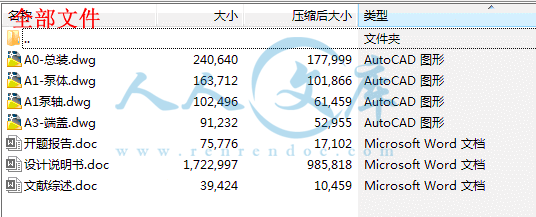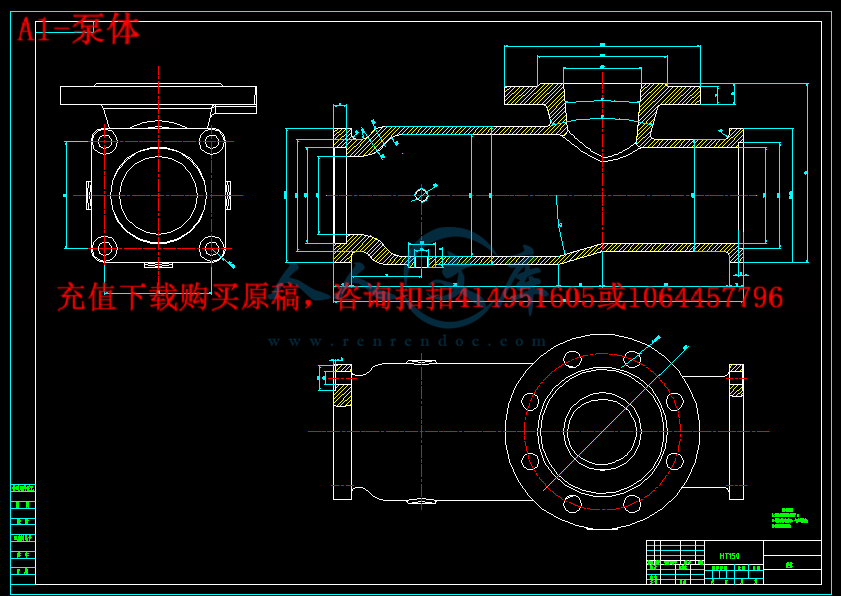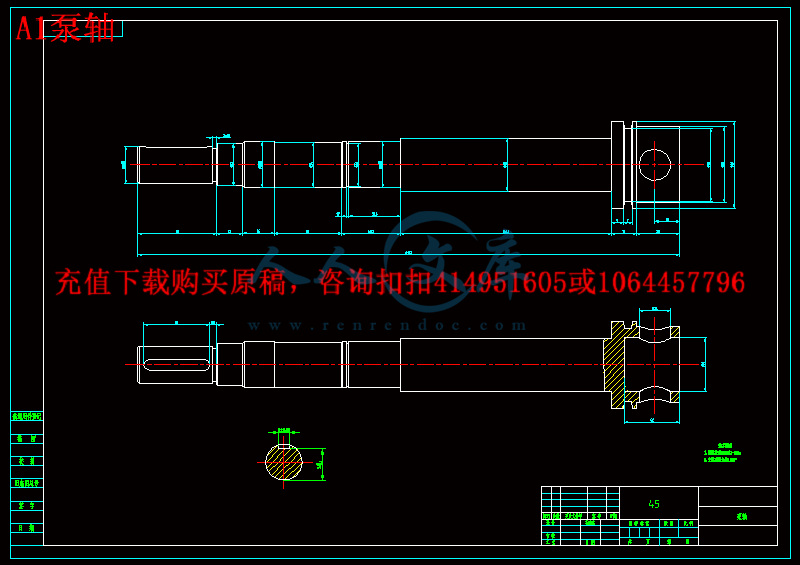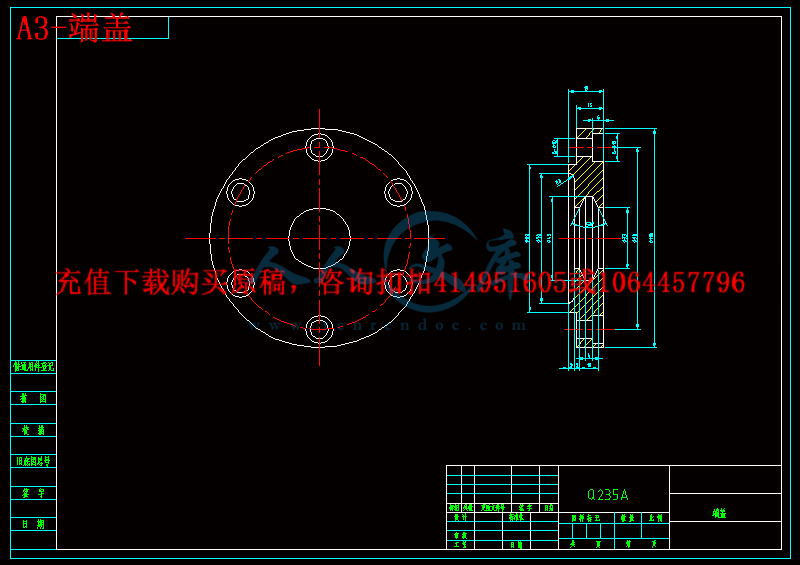【摘 要】随着工业技术的不断发展,各种液体的输送显得尤为重要,而作为液体传动工具的单螺杆泵亦显得举足轻重。工业的发展对单螺杆泵提出了更高的要求,某些特定的行业用单螺杆泵的工作条件十分恶劣,研制和开发使用性能良好的单螺杆泵将带来广阔的社会效益和经济效益。为更好的满足特定工作条件的需要,本论文详细阐述了单螺杆泵的工作原理和结构特点,并在传统的设计理论体系基础上,利用现有的设计手段和工具,根据给定的流量、压力来设计和选取合适的单螺杆泵结构参数,完成对单螺杆泵结构设计计算、主要性能计算和影响因素分析,在此基础上利用三维建模手段,建立有效的单螺杆泵三维模型,对所设计的单螺杆泵进行简单运动仿真,为其性能进一步改进提供了一定参考。
【关键词】 单螺杆泵; 结构设计; 性能; 影响因素
Abstract
【Abstract】 With the continuous development of industrial technology, a variety of liquid transportation is particularly important, and the single-screw pump, a tool of fluid transmission, becomes also critical. Higher requirements are made to meet the demand of the industrial development on the single-screw pump, and some certain industries with a single-screw pump are under terrible conditions. It shows that researching and developing the single-screw pump of good performance will bring a broad social and economic benefits. To meet the better needs of specific working conditions, this paper explains clearly the working principle and structural features of single-screw pump, and designs and selects the appropriate single-screw pump parameters by a given flow and pressure on the basis of the traditional theoretical system and using of existing design methods and tools. So that the structural design calculations, key performance computing and influencing factors analysis are completed. After that, we establish an effective single-screw pump three-dimensional model by using of three-dimensional modeling for the simple kinematics simulation on the single-screw pump designed, the results show that it can provide a reference for single-screw pump performance improvement.
【Key words】single-screw pump; structural design; performance; influence factor
目 录
摘要I
AbstractII
1. 绪论1
1.1 研究背景及研究意义1
1.2 国内外研究综述1
1.2.1 国外螺杆泵的应用现状1
1.2.2 国内螺杆泵的应用现状2
1.3本题的研究内容和方法2
2. 单螺杆泵的概况4
2.1 引言4
2.2 基本结构和工作原理5
2.3 性能参数9
2.4 应用特点11
2.5 单螺杆泵的特性12
2.6 单螺杆泵的选用12
3. 单螺杆泵结构设计与性能计算15
3.1单螺杆泵结构设计15
3.1.1 螺杆和衬套尺寸的确定15
3.1.2 螺杆和衬套的型线设计16
3.2 单螺杆泵材料的选用20
3.3 单螺杆泵的加工制造22
3.3.1 螺杆的加工22
3.3.2 单螺杆泵橡胶定子的加工22
3.4 单螺杆泵的性能计算24
4. 单螺杆泵应用实例设计26
5. 单螺杆泵的性能分析29
6. 结论与展望30
6.1 结论30
6.2 展望30
参考文献32
致谢33
1. 绪论
1.1 研究背景及研究意义
在我国的国民生产和生活中,泵作为一种输送液体的心脏倍受各行各业所重视。单螺杆泵输送流量、压力稳定,无脉动。 单螺杆泵输送变转速即可改变输出流量,可用作计量投加。 吸入能力强,工作噪声小,无泄漏,无温升。单螺杆泵输送适应范围广,可输送一切流动介质甚至非流动物料。单螺杆泵能输送高固体含量的介质;流量均匀压力稳定,低转速时更为明显;流量与泵的转速成正比,因而具有良好的变量调节性;一泵多用可以输送不同粘度的介质;泵的安装位置可以任意倾斜;适合输送敏感性物品和易受离心力等破坏的物品;体积小,重量轻、噪声低,结构简单,维修方便。 正是由于上述特点,使得单螺杆泵应用广泛,领域涉及石油工业、化工及制药、环境工程、矿产工程、食品工业、造纸行业。
在国内,螺杆泵的使用时间短,对其研究起步相对较晚,因此在生产中还有许多管理上和技术上的问题需要解决。随着螺杆泵应用领域的不断拓宽,对螺杆泵技术要求也越来越高,为适应螺杆泵在其应用领域快速发展的要求,有关螺杆泵的研究方向和内容呈现出比较活跃的趋势。
工业的发展对单螺杆泵提出了更高的要求,某些特定的行业用单螺杆泵的工作条件十分恶劣,如何提高单螺杆泵易损件的工作寿命,更好的满足需要,是单螺杆泵设计和校核的关键。针对螺杆泵理论和结构上存在的问题,在传统的设计理论体系基础上,利用现有的设计手段和工具,设计出一种较为合理的单螺杆泵,缓减或解决螺杆泵在现场实际使用中所存在的具体问题,提高螺杆泵的寿命和效率,降低成本。





 川公网安备: 51019002004831号
川公网安备: 51019002004831号